Unsplash Around the World: Japan 🇯🇵
Through the lens of 5 Japanese contributors.
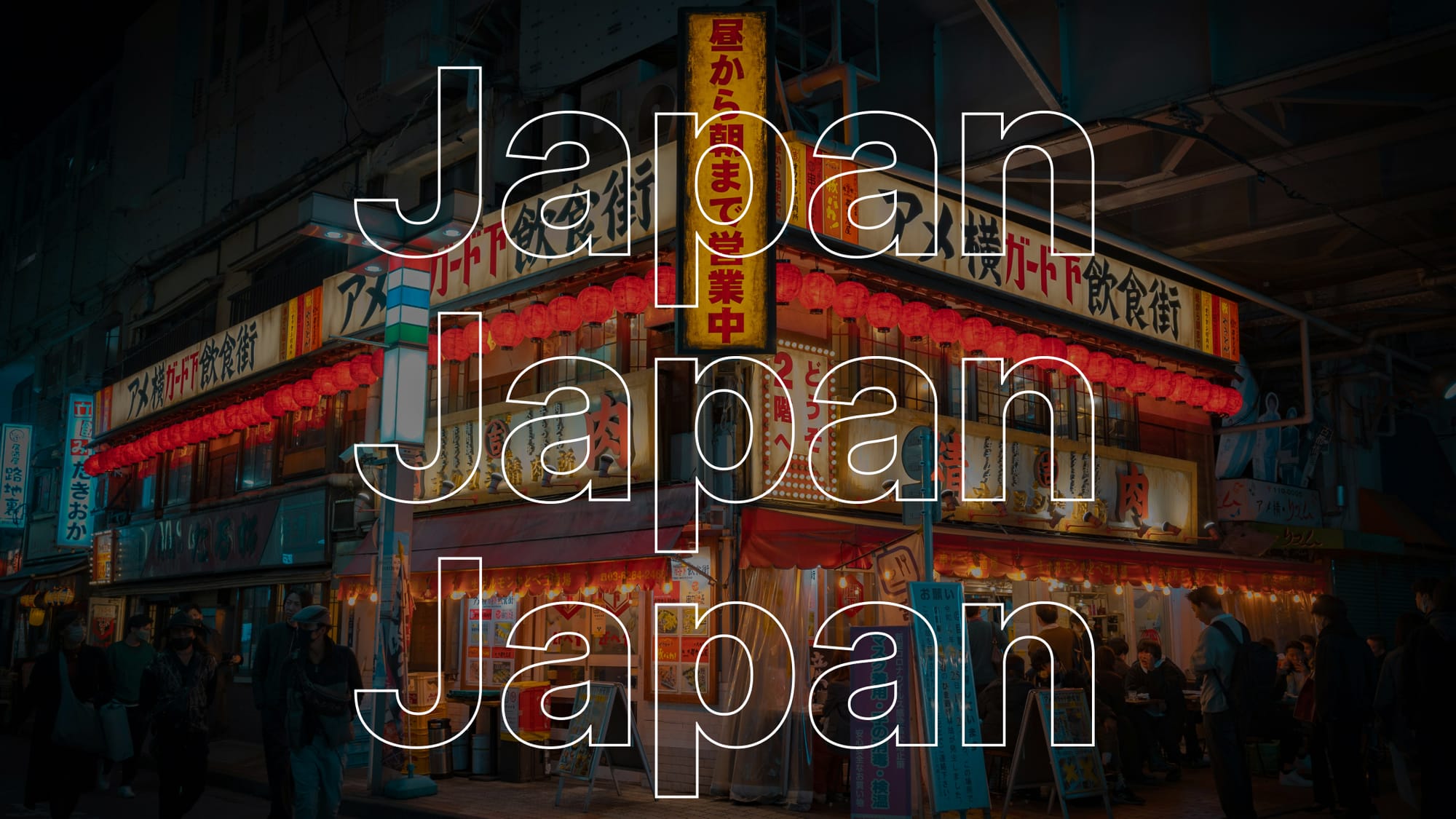
With its rich cultural tapestry and diverse landscapes across different seasons, we had the opportunity to connect with four incredible Japanese Unsplash contributors. They shed light on what makes their homeland extraordinary and how its cultural richness ignites their creativity.
Discover why Japan deserves a spot on your travel bucket list through the insights of Unsplash community members: Ryunosuke Kikuno, Kazu Kamata, Ryosuke Nasu, and Shino Nakamura.

Who are you and where are you located?
Ryunosuke Kikuno: My name is Ryunosuke Kikuno. I was born in Yokohama, Kanagawa Prefecture, and later spent more than 20 years in Edogawa City, a city surrounded by the river and sea at the southeasternmost tip of Tokyo. After living in Canada from 2020 to the end of 2023, I returned to Japan and am now based in Tokyo again.
Kazu Kamata: My name is Kazu Kamata and I work as a Graphic Designer in Tokyo. Being a Graphic Designer, I have been surrounded by photography for a large part of my career, so I started working as a photographer to broaden my work.
Ryosuke Nasu: My name is Ryosuke Nasu. I was born and raised in Tokyo. I work as a producer at an advertising production company in Tokyo.
Shino Nakamura: My name is Shino Nakamura and I'm currently pursuing a master's degree in public administration in Boston, USA. Until last year, I lived most of my life in central Tokyo, except for spending six years in Singapore during childhood and two years in Australia since birth.
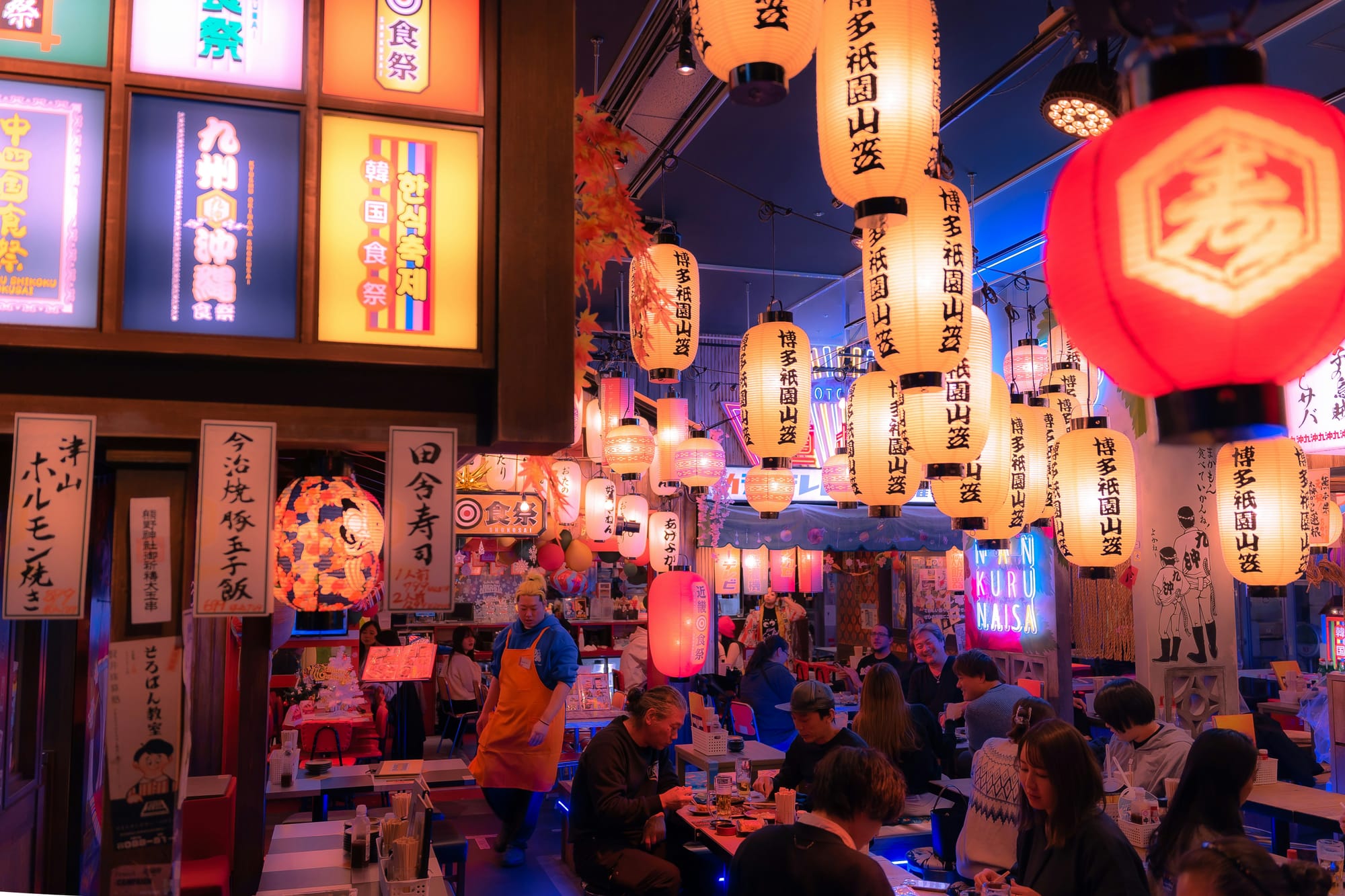
What do you love most about Japan?
Ryunosuke: First of all, transportation is very convenient. We can go almost anywhere in the Japanese archipelago by ground transportation. For photographers who like to travel, this is a dream come true. They can enjoy the changing scenery from the car or train window seamlessly. Another favorite part is that it is also the origin of several forms of entertainment enjoyed on a global scale. As a Japanese, I feel happy when I meet tourists and people from abroad who are excited about Akihabara and love those things.
Kazu: There is freedom, safety, cleanliness, and good food.
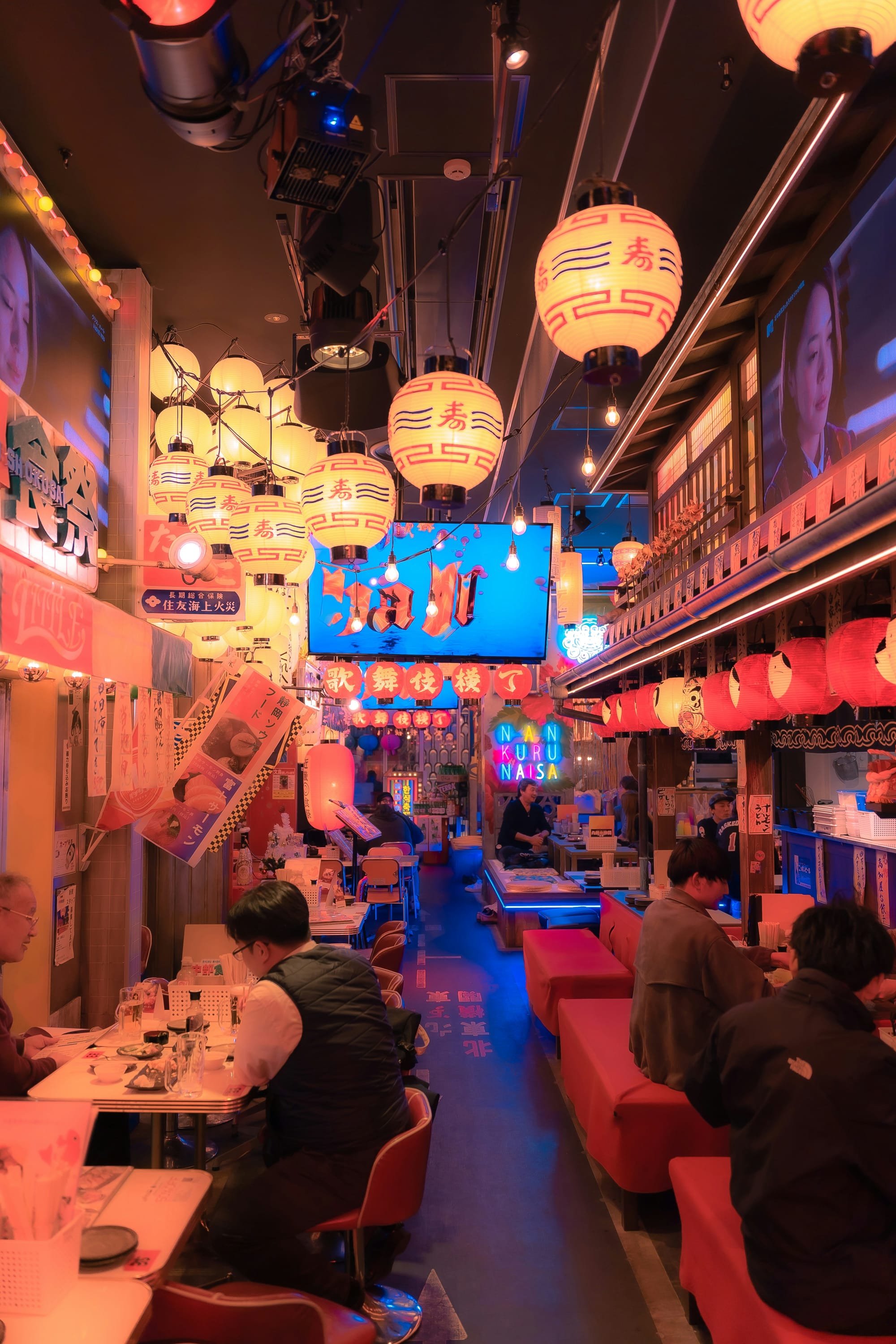
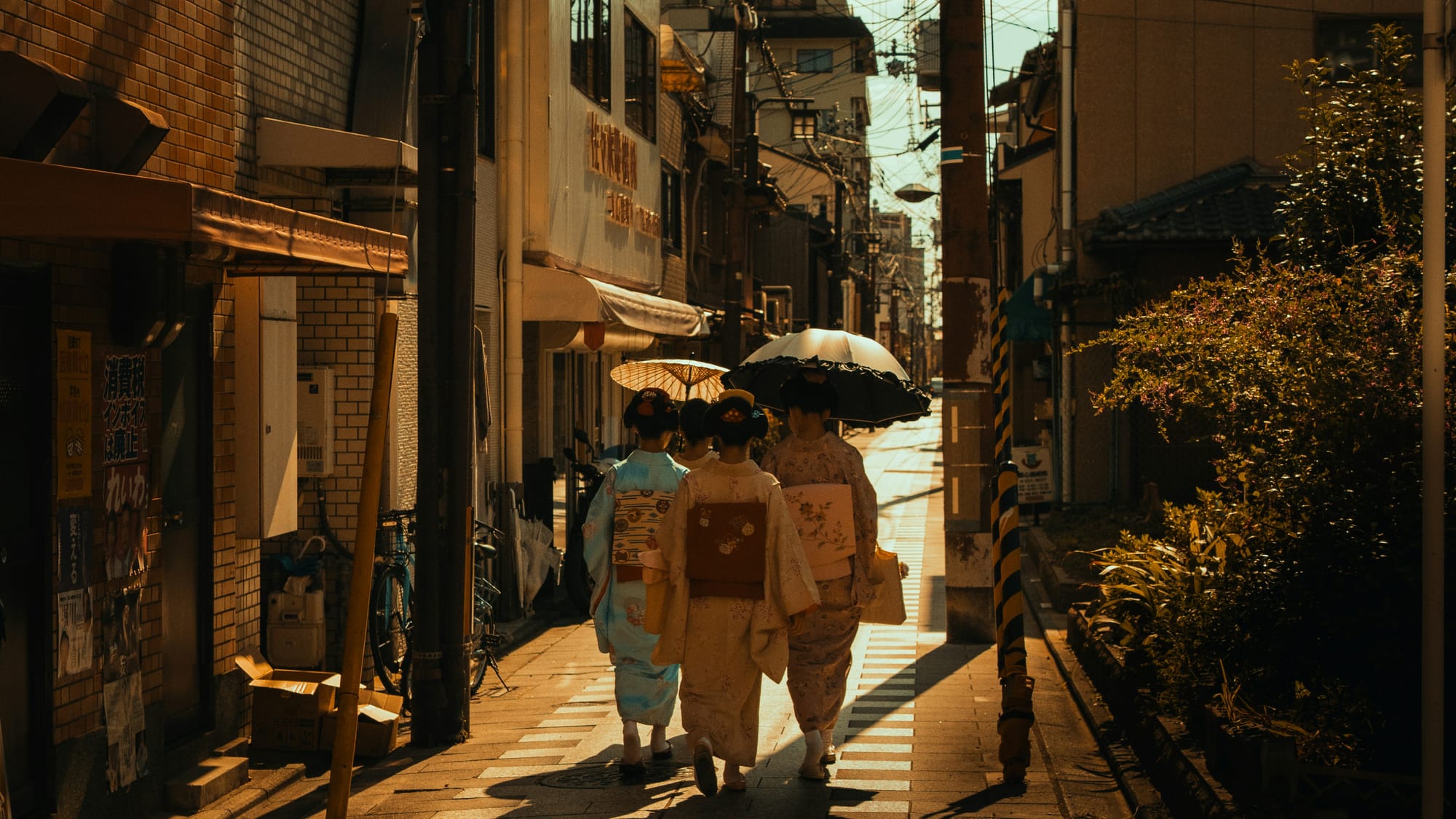
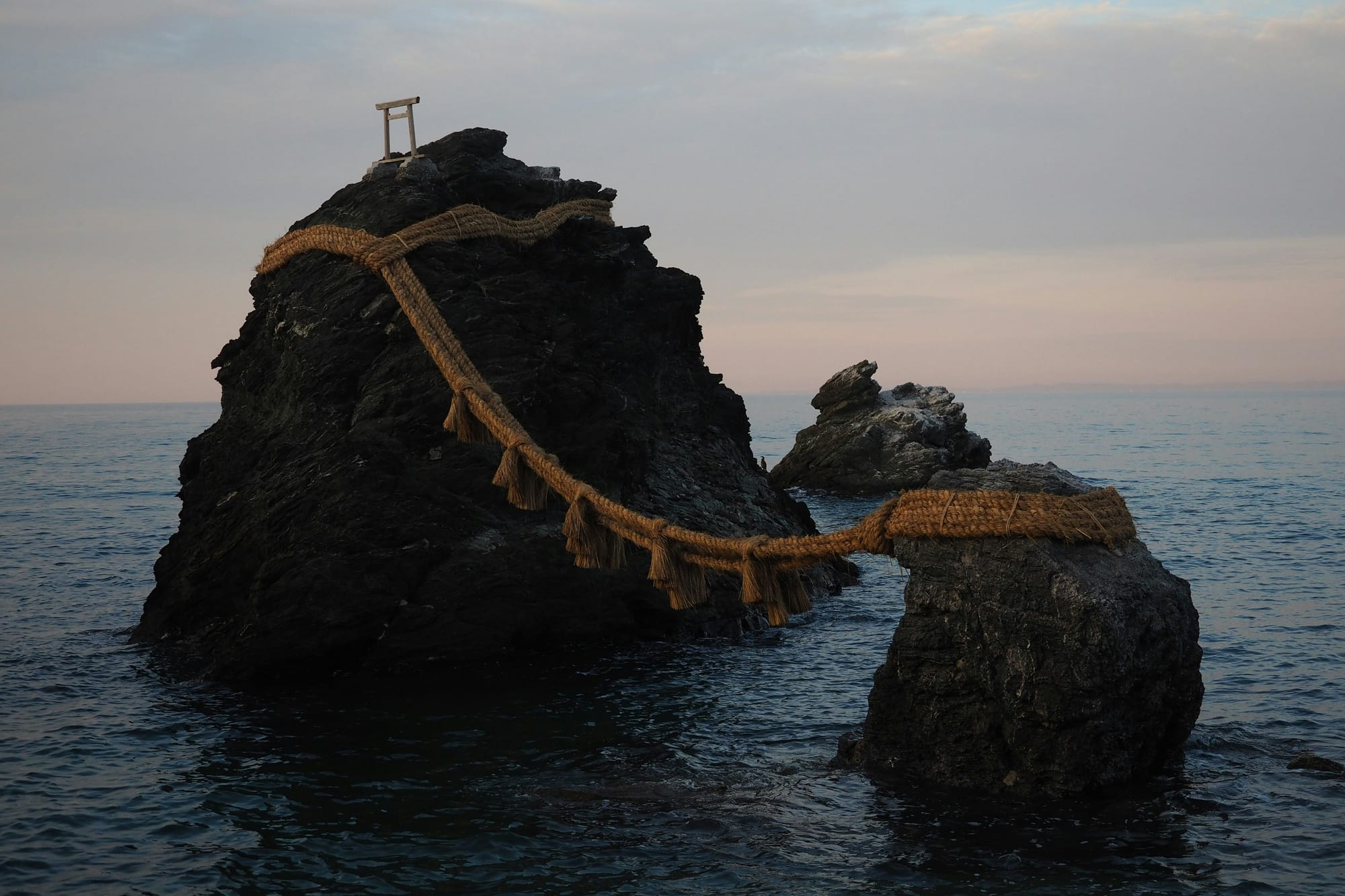
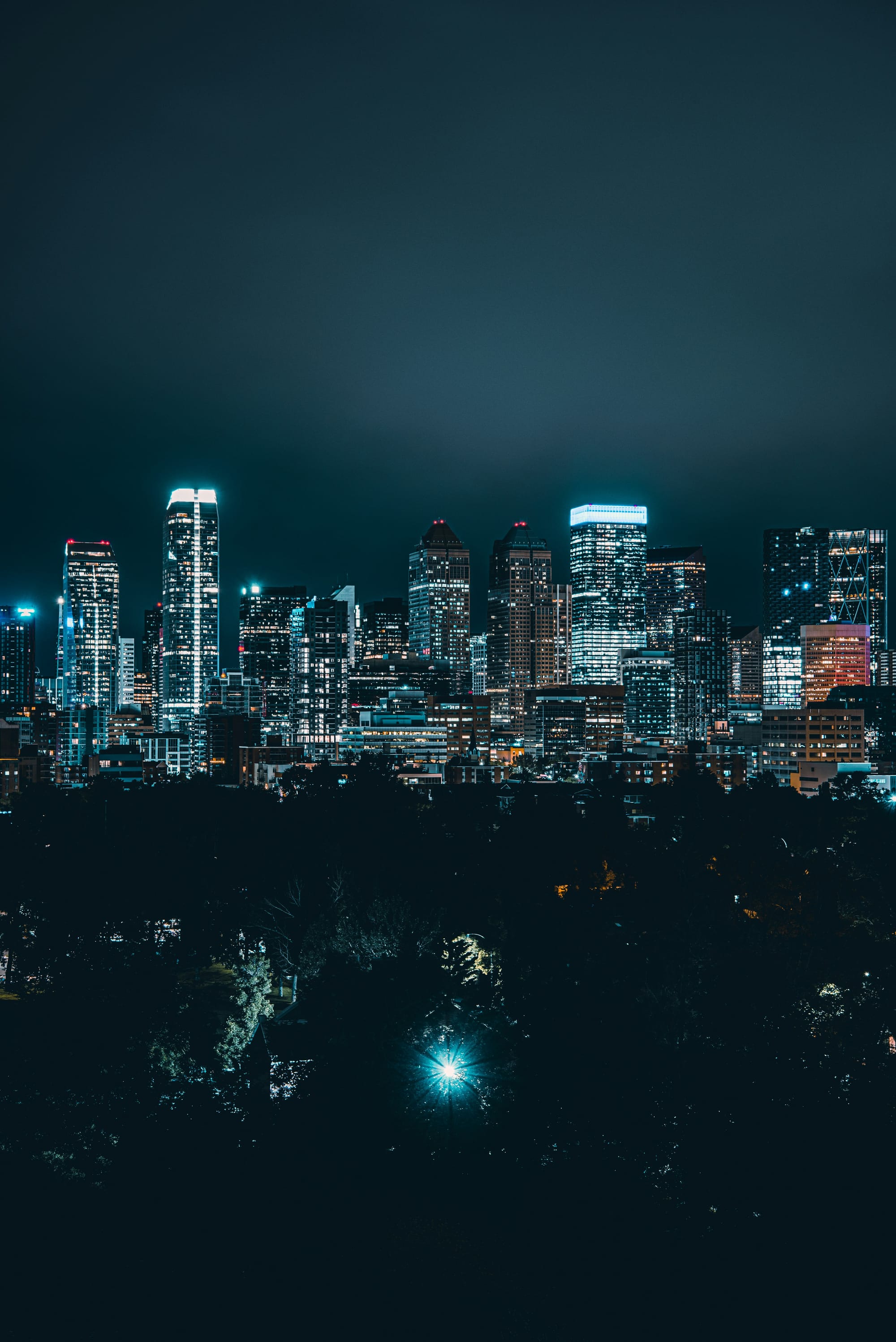
Images by Kazu Kamata, Ryosuke Nasu, Shino Nakamura and Ryunosuke Kikuno
What do you love most about Japanese culture?
Ryosuke: I love the bath culture as part of Japanese culture. In Japan, there are many bathing facilities, such as Sentō (public baths) and Onsen (hot springs). Taking a bath after shooting with a heavy camera is a moment of bliss. When you visit as a tourist, I recommend enjoying the local baths.
Kazu: Shrines and festivals. Shrines are quiet and a good place to rest. Festivals are fun as each area has its unique characteristics.
Shino: Living away from home has made me realize how much I took certain cultural aspects for granted, like attention to detail, providing top-quality goods and services, and being mindful of how one’s actions could affect others. I'd sum it up as caring for others, which I believe is deeply rooted in Confucianism's principle: "Do not do unto others what you would not want others to do unto you.”
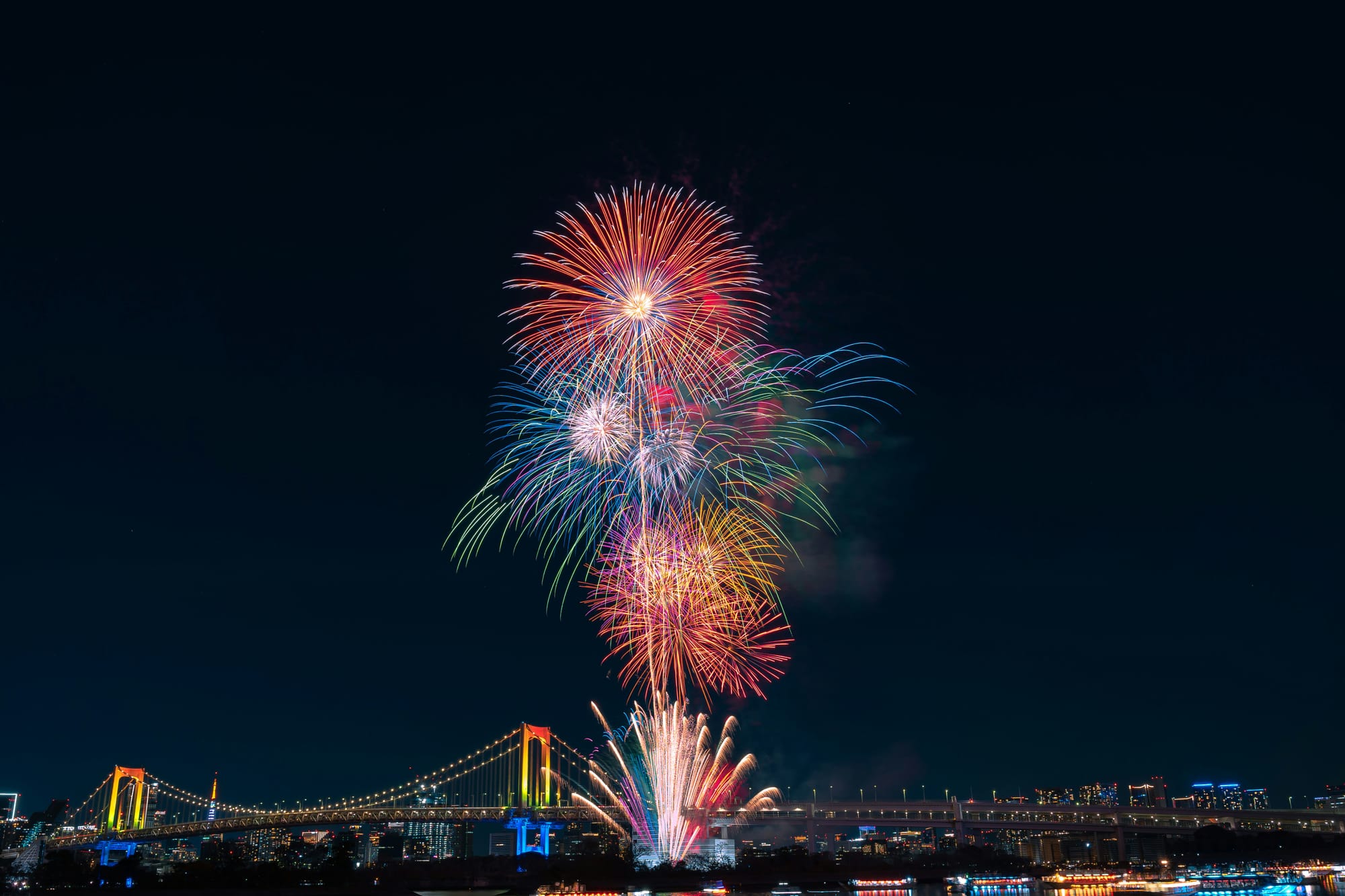
How does living in Japan inspire your photography?
Ryunosuke: Living in Japan has had a very wide variety of influences on my photography. For example, in Tokyo where I'm based, there are always new and crazy trends being created, and these quickly spread across the city. All of these trends are very unique, as many of them follow content such as anime and manga, which originated in Japan, and these inspire me to be creative. On the other hand, I have my own creativity, and I feel that the interplay between these concepts and the ever-changing environment of Tokyo allows me to express in new and different ways each time.
Kazu: Tokyo is a stimulating place, and if you go outside with your camera, you will find yourself surrounded by subjects that are perfect to capture.
Ryosuke: Japan has four seasons, so the same area can have many different looks throughout the year. Therefore, capturing various sceneries throughout the year can be quite stimulating.
Shino: I enjoy capturing nature through photography, as you can see from my images on Unsplash. I'm not sure if this preference is influenced by culture or simply inherent. If I were to connect it to anything Japanese, perhaps it's because Tokyo is so crowded, and I find solace in nature. But once again, my love for nature has always been strong.

What is your favorite place to take photos in Japan?
Ryunosuke: I have many places in Tokyo that are my favorite, but ultimately it would have to be my hometown of Edogawa City and the Tokyo or Chiba Bay area. My particular favorite place is Kasai Marine Park. It's one of the largest floating parks on the sea in Tokyo, away from the hustle and bustle of the city. It has an extensive range of nature, aquarium, camping space, beaches, bird and animal sanctuaries, and on clear days you can even see mountains. For me, it is a very special place that brings a sense of nostalgia and memories of my boyhood. Also, one bridge over the water takes us to the Tokyo Disney Resort, so we can enjoy a scenery that is a little exotic and out of the ordinary.
Kazu: I like the city, but I like to photograph the mountains.
Ryosuke: I recommend Gunma Prefecture. You can capture the natural beauty and nostalgic scenery that is characteristic of Japan — and you can shoot at many quintessentially Japanese spots without it being too crowded!
Shino: Northern Japan - there are many off-the-beaten-path destinations, full of wildlife. Less dense in the traveller population too!
What is the best season to take photos in Japan?
Ryunosuke: I still think the most popular seasons are spring and fall, when the cherry blossoms and autumn leaves are in full bloom and the temperatures are optimal, and I completely agree with that. But dare I say that all seasons are the best! In summer, I think the tropical scenery of Okinawa, the southernmost island of Japan, looks great. And in winter, the scenery of Hokkaido and the Hokuriku region look fantastic with the snow. In this way, I think one of the charms of Japan is that you can plan according to the seasons. However, the summer heat in Japan is really dangerous, so please be very careful when you visit...
Shino: All seasons - Spring is for cherry blossoms, autumn for colorful foliage, winter for snowscapes, and summer for vibrant festivals and lush green landscapes.
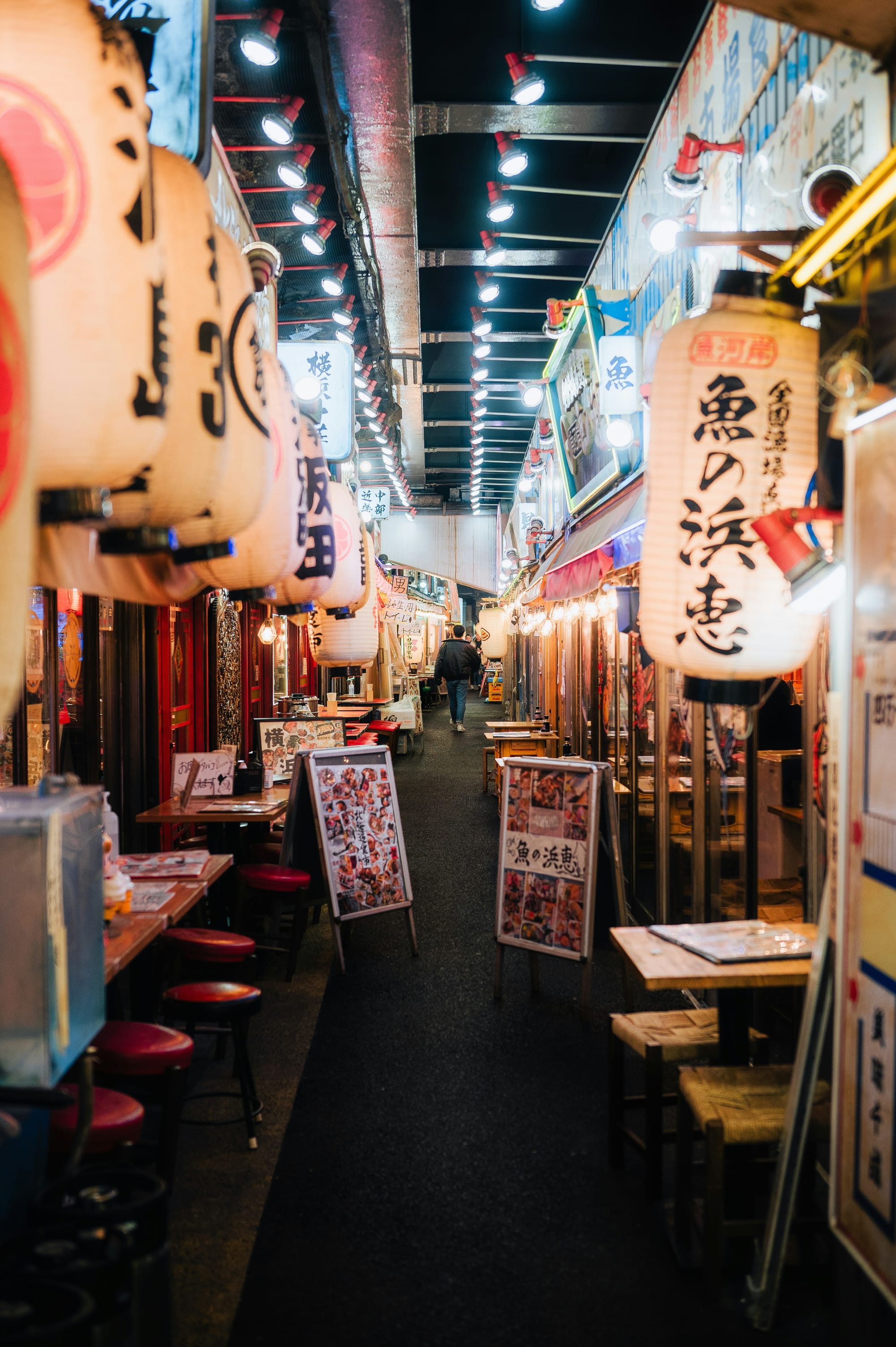
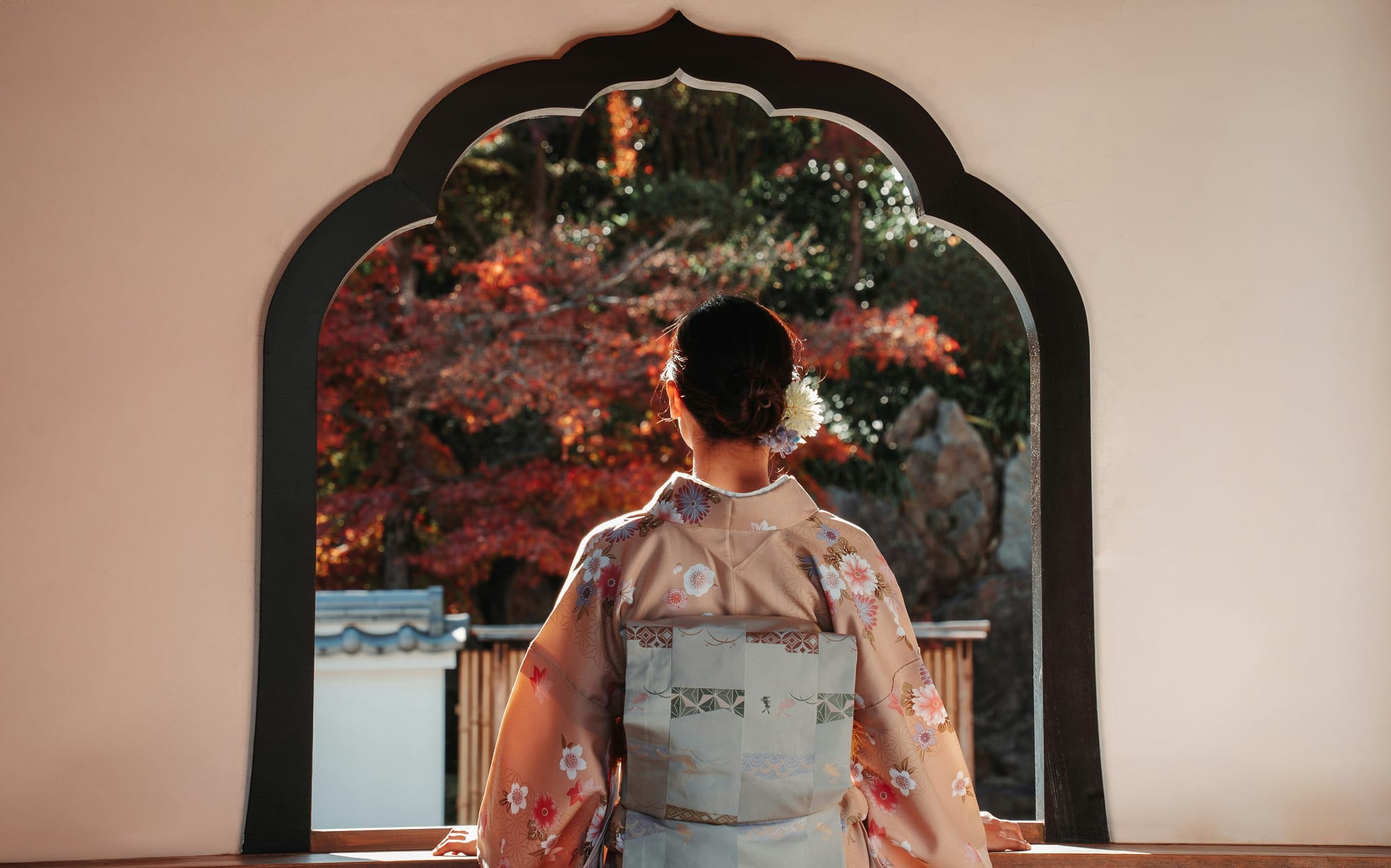
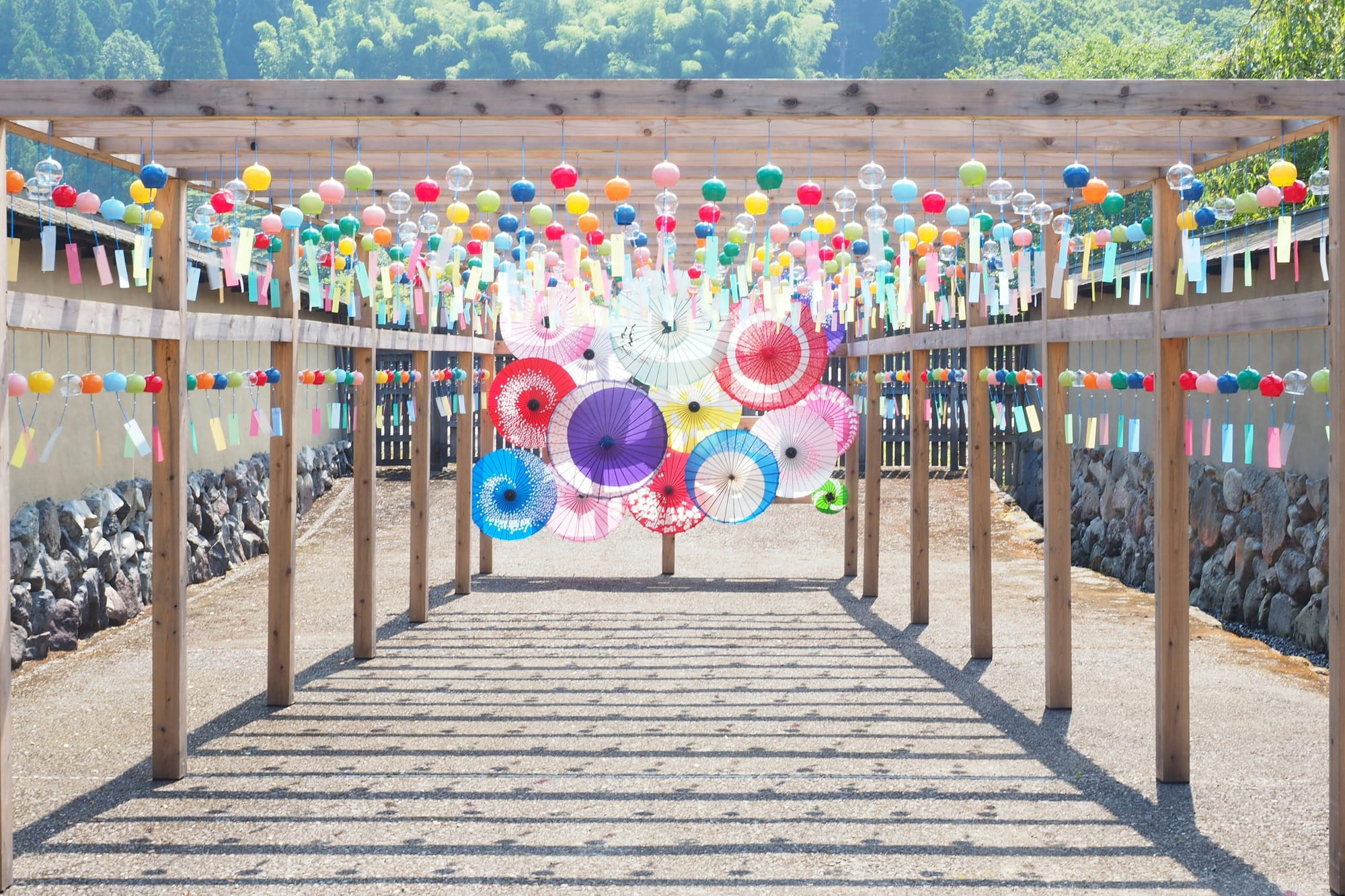
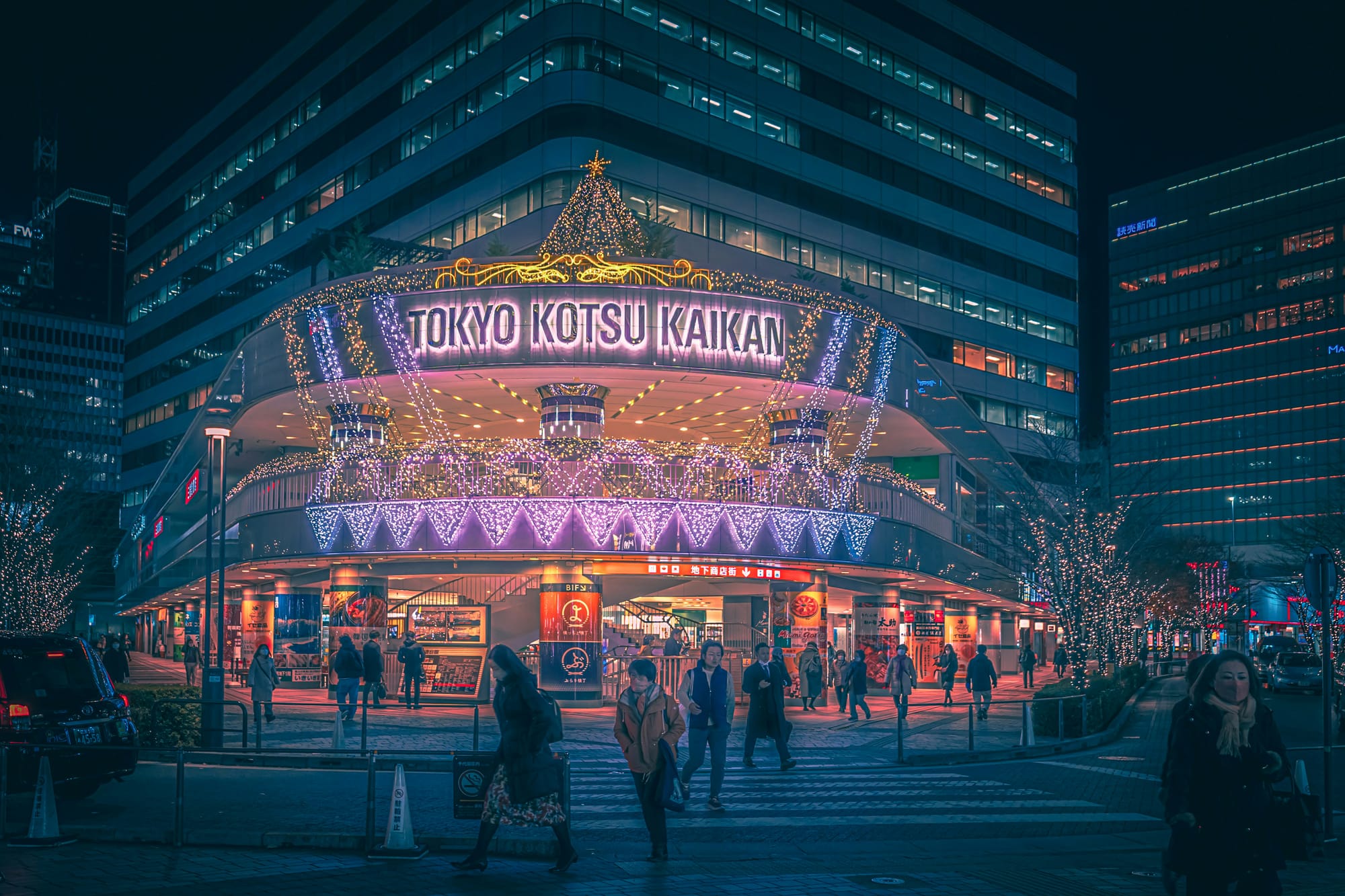
Images by Ryunosuke Kikuno, Ryosuke Nasu, Shino Nakamura and Kazu Kamata
What is the best time of day to take photos in Japan?
Kazu: When the light changes at dawn and dusk. If you’re taking pictures in the city, night is the best time to take photos because it hides the things you wouldn’t really want to capture in photos anyway.
Ryosuke: I recommend shooting in the morning. In Japan, there are many famous tourist spots, and they are often crowded with many people during the day. The evening is also good, but I like shooting in the clear morning air because the light is beautiful.
What is the one thing you’d like people to know about your country?
Ryunosuke: Traveling abroad generally comes with many barriers in terms of culture and language, but at least in Japan, you don't have to worry about that at all. Because we Japanese take great pleasure in welcoming, helping, and entertaining others. Japanese people, and the country itself, are some of the most respectful and appreciative of "courtesy," "tradition," and "beauty" in the world. If you show respect and consideration for Japan and its culture, we couldn't be more pleased to do the same in return.
Kazu: Japanese people are often said to be shy, but they aren’t. They simply cannot speak English.
Ryosuke: Many of the cameras you are using now might be made by Japanese manufacturers.
Shino: The north of our country lies within close proximity to Russia, and the south to Taiwan; we have a great diversity in landscape and culture across our nation
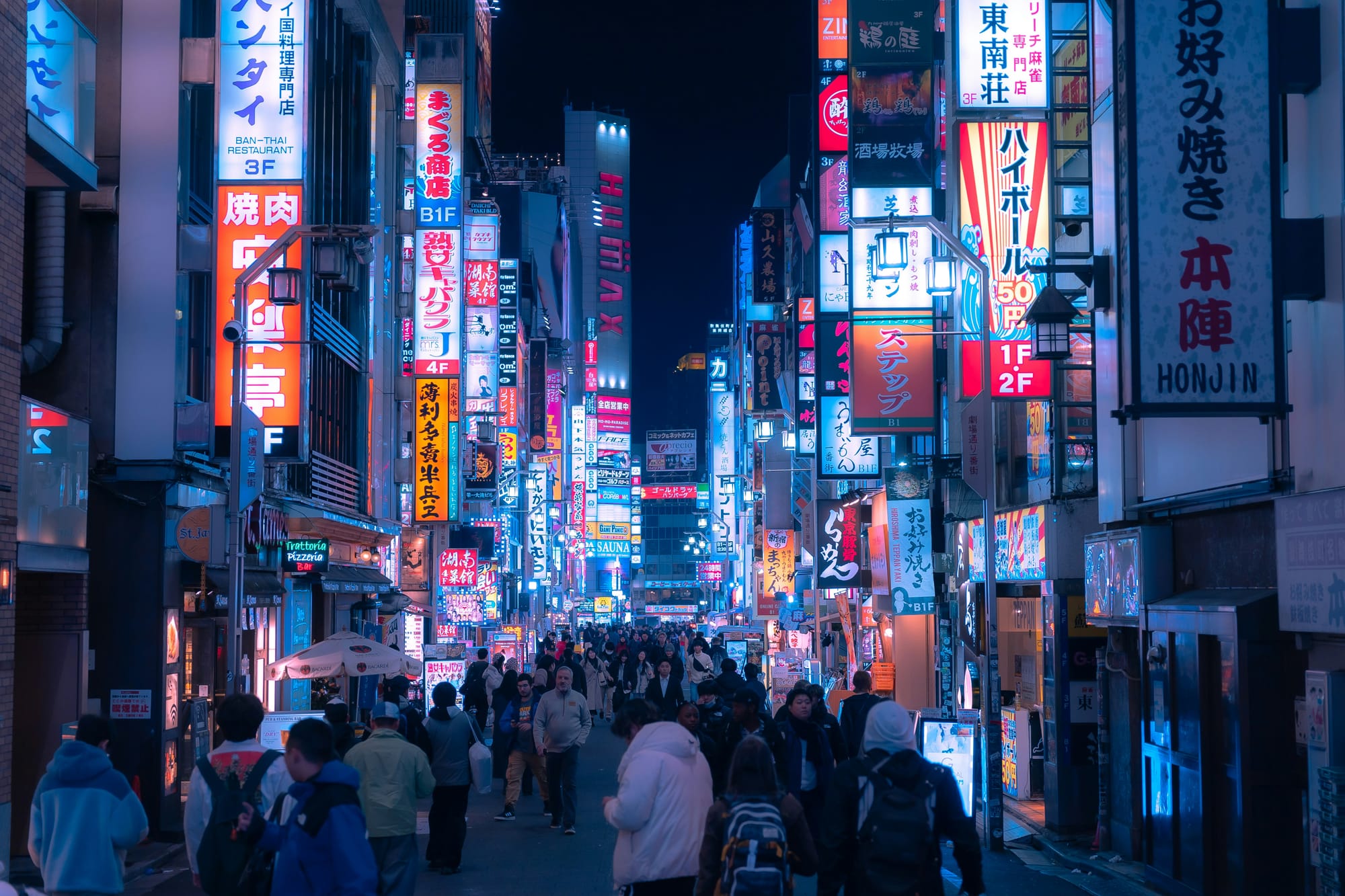
What advice would you give to someone visiting Japan for the first time?
Ryunosuke: Japan has many well-known tourist destinations that everyone should visit. On the other hand, there are also many underground spots that don’t get much recognition. You'll find unexpected discoveries in places that you may have otherwise overlooked because of other attractions. I recommend that you start by researching according to your own needs and be open to changing your plans to allow yourself to explore. Another interesting thing is to try to experience as many things as possible from the standpoint of ordinary Japanese people rather than a tourist's perspective. If you immerse yourself in daily life, you may be able to take interesting photos that focus more on the inside of Japan, which you may not get as a tourist.
Shino: Adhere to local customs. Japan boasts a rich cultural heritage replete with diverse customs and traditions. It may be overwhelming to grasp them all at once, so simply observe how people conduct themselves. For instance, when riding the train, ensure proper queuing, offer your seat to elderly or pregnant passengers, and refrain from talking loudly. Other examples that come to mind are bowing and removing shoes - bowing serves as a customary greeting, while it's considered polite to remove your shoes when entering someone's home or specific traditional venues like temples or ryokans.
What’s your favorite photo you’ve taken that captures Japan?




Are there any cultural or traditional elements in Japan that you love to incorporate in your images?
Kazu: I never thought about it this way, but I often take pictures of lanterns.
Ryosuke: I want to incorporate Japanese craftsmen into my photographs.
What are the challenges or advantages of being a photographer in Japan?
Ryunosuke: In a sense, Tokyo is mutating every minute, and we must constantly watch and follow the changes in trends and the city itself. In addition, there is an abundance of things that can be photographed and many photographers, and it’s impossible to avoid getting stuck in a rut. It is essential to select themes and subjects that you want to photograph, express, and communicate while differentiating yourself from others. I believe that this is a place full of opportunities for both professionals and amateurs alike, so you should take the leap and pursue photography if it's something you’re passionate about as there is room for a career for everyone.
Shino: One advantage of being a photographer in Japan is the abundance of picturesque landscapes and culturally rich scenes, while a challenge could be navigating photography among the crowd.

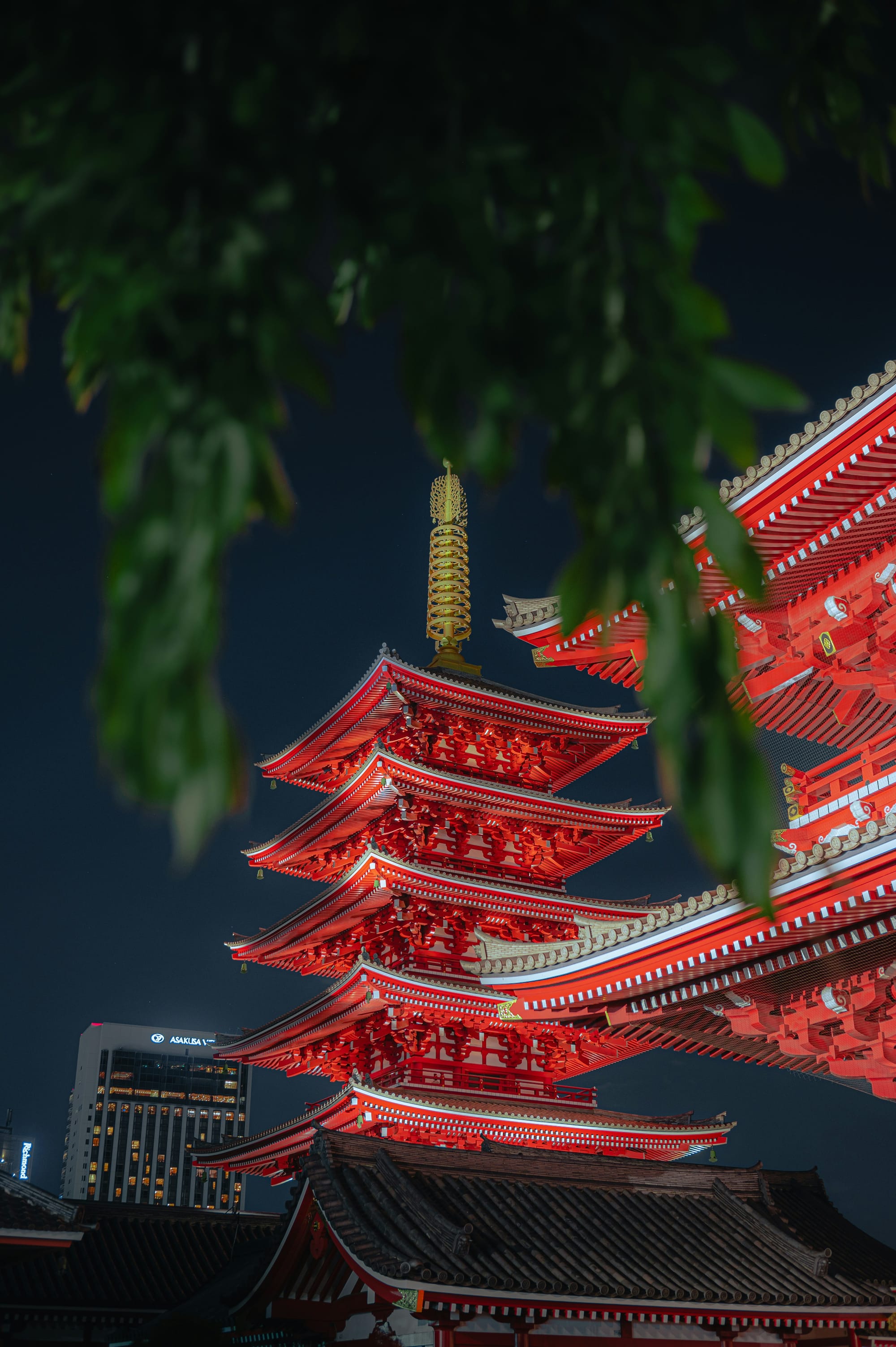
Images by Ryunosuke Kikuno
Describe your country in one word.
Ryunosuke: Craftsmanship
Kazu: Toy box
Ryosuke: Comfort
Shino: Discipline
See you next month with our next around-the-world location!
